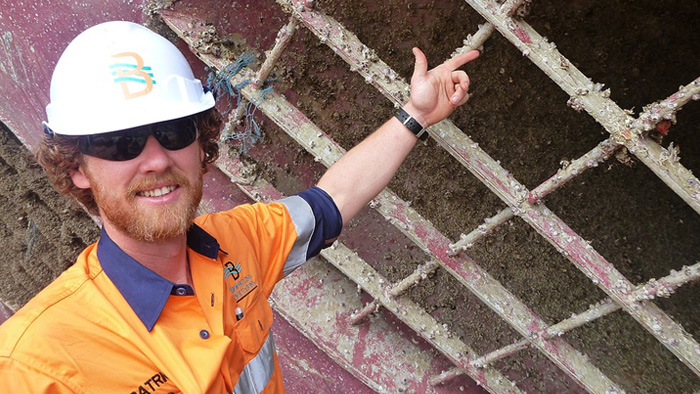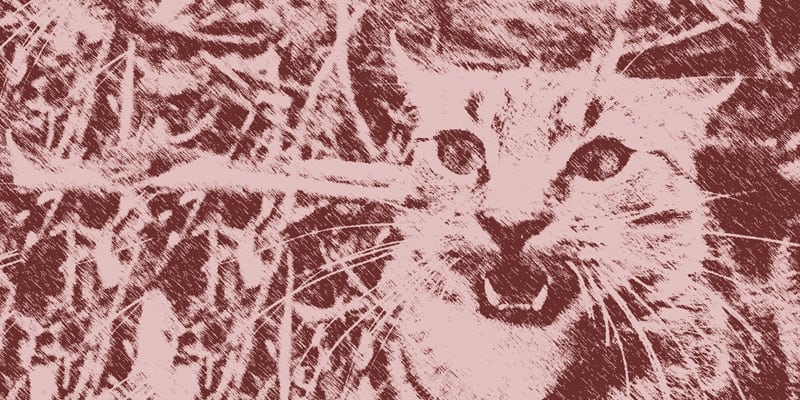
The Australian Government has taken a major step towards better protecting our marine environments and the livelihoods of people who depend on them, writes Pat Lewis.
Late in 2015 the government released a report detailing its response to a four year review of Australia’s approach to marine pest biosecurity. It contains commendable recommendations including a new emphasis on prevention, developing stronger response capabilities to deal with the arrival of new pests and the need to introduce nationally consistent regulations to prevent new pests coming into Australian waters on ship hulls, known as biofouling.
The government’s response to the review highlighted the fact that Australia’s national system for the prevention and management of new marine pest arrivals is underfunded and under-resourced. It also said the system requires a new direction that recognises that preventing the arrival of new pest species is the most cost-effective approach to safeguarding our marine resources. Once a marine pest starts breeding in Australian waters it is almost impossible to eradicate.
Ocean water is used as ballast in ships to aid stability and has long been understood as a potential carrier of pest animals into Australia. Mandatory measures for managing ballast water, led by the International Maritime Organisation (IMO), are on the brink of being ratified.
By fair means or foul
In contrast biofouling – the layer of animals that grows on ship hulls – has in the past received little attention, but is now recognised as the major pathway for the introduction of marine pests.
While marine animals clinging to ship hulls such as mussels and seaweeds may not look very dangerous, some overseas species can turn out to be huge problems in Australia’s marine environments because of their ability to prey on native species, disrupt ecosystems and inflict considerable economic costs on coastal industries.
Although biofouling has been raised as a major marine biosecurity issue for Australia before, we still lack legislation or regulations to manage the problem. It is therefore a very positive step that the review response confirmed that government will take strong action on biofouling and develop nationally consistent mandatory regulations.
To fulfill this the government response proposed Australia adopt regulations similar to voluntary guidelines that have been developed by the IMO. This approach was first recommended in a report on environmental biosecurity by the Senate Environment and Communication Committee in May 2015.
The move towards developing national mandatory regulations is strongly commended by the Invasive Species Council, and in light of his contribution to these commitments, Agriculture and Water Resources Minister Barnaby Joyce was awarded a prestigious Froggatt Award in December 2015. Commitment is now needed from government to ensure the regulations are effective and introduced quickly.
A new approach
Developing and implementing national biofouling regulations similar to those proposed by the IMO requires many issues to be addressed. The voluntary measures require vessels to keep their hulls clean and ensure biofouling is largely limited to algae and microscopic organisms.
This is a very different approach to current practices, which vary between states.
Currently control is largely focused on managing a list of known invasive species if they arrive in a port. Enforcing tougher, more rigorous standards many raise questions, but it would be in keeping with regulations coming into force in California in July this year and in New Zealand in May 2018.
To enact the regulations Australia will need to develop facilities and technologies that allow vessels to be cleaned while in the water, new approaches to monitoring and enforcing compliance, consistency between state and national jurisdictions and the ability to identify and address high risk pathways that require more stringent management.
The review response recommended that stakeholder engagement is improved and a national marine pest network developed to address these and other issues.
The Invasive Species Council looks forward to progress in this area and playing an active role in representing the interests of concerned Australians during these discussions.
- Pat Lewis works for Biofouling Solutions and is advising the Invasive Species Council on marine pest issues




